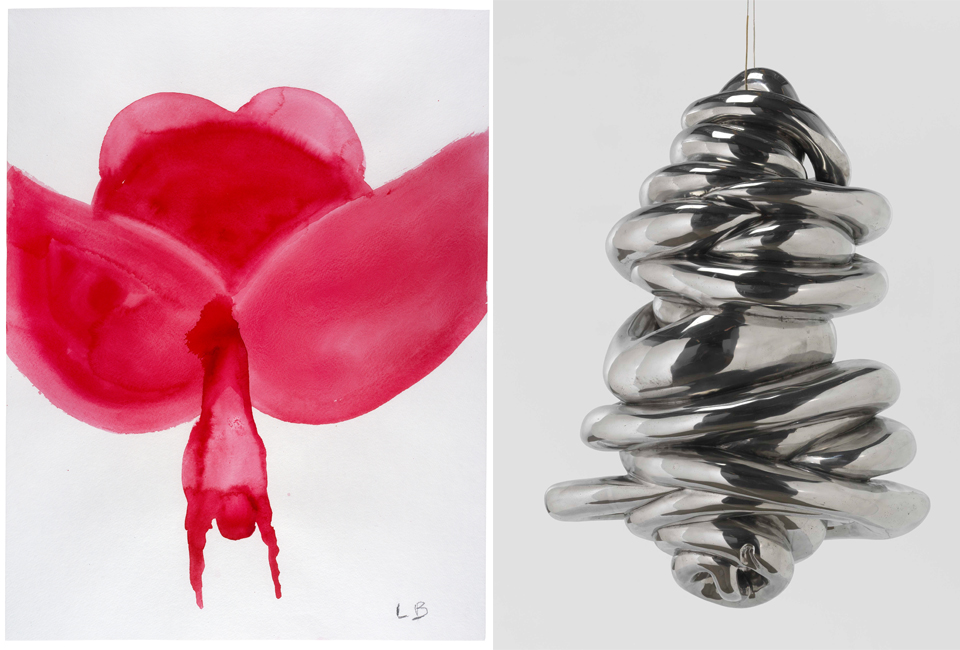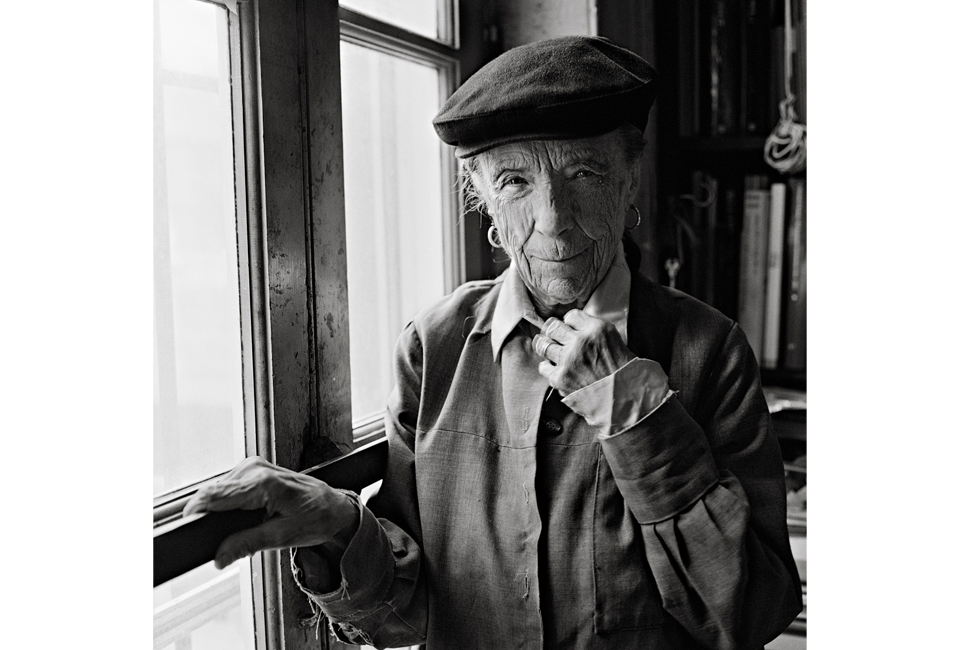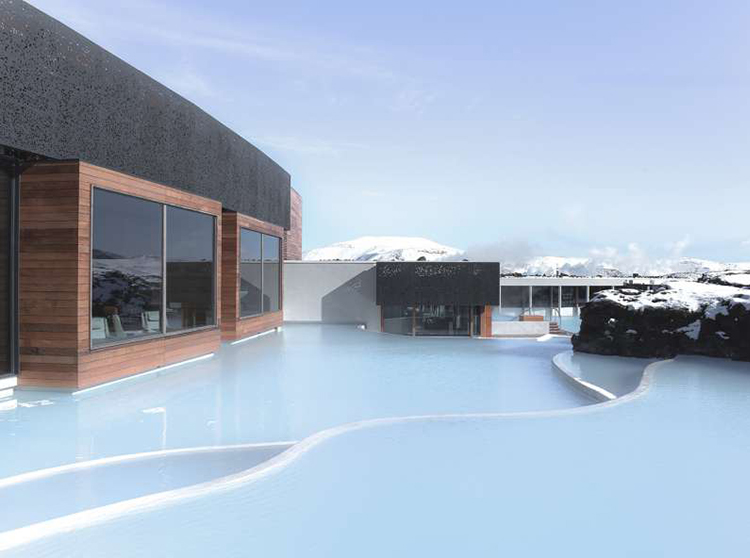On the 14th of February, Moderna Museet opens a major solo exhibition with works by Louise Bourgeois. This is an opportunity to experience one of the most seminal artists of the second half of the 20th and early 21st centuries.
"Space does not exist; it is just a metaphor for the structure of our existence." Louise Bourgeois
Over her long career as an artist, Louise Bourgeois (1911-2010) developed concepts and formal inventions that later became key positions in contemporary art; these included the use of environmental installation and theatrical formats, and the engagement with psychoanalytic and feminist themes. Both her distinctive sculptural forms and her outstanding drawings and graphic works are second to none. Among the most innovative and sophisticated sculptural works in her extensive Œuvre are the Cells, a series of architectural spaces that deal with a range of emotions. Created over a span of two decades, the Cell series presents individual microcosms: each Cell is an enclosure that separates the internal world from the external world. In these unique spaces, the artist composes found objects, clothes, fabric, furniture and distinctive sculptures into emotionally charged, theatrical sets.
The entire Cell series revolves around the desire to simultaneously remember and forget. "You have to tell your story and you have to forget your story. You forget and forgive. It liberates you," Louise Bourgeois once claimed. She has described her sculptures from the mid-1940s to the mid-1950s as an attempt to summon together all the people she missed. Bourgeois created her first environmental installation with these Personages, carefully arranging them to stand upright, directly from the floor, and thereby allowing the viewer to walk amongst them. In this sense, the Personages can be regarded as a kind of family constellation, her recreation of the past a form of exorcism. The Cells also contain references to individuals and past experiences. The Cells also tell of abandonment, betrayal and loss. The Bourgeois family unit was subject to great strain. Louise soon became entangled in a web of conflicting emotions: admiration and solidarity, anger and powerlessness.
The artist established the connection between her work and the processing of her personal traumas. In 1982, she created an illustrated autobiographical text for Artforum about her traumatic childhood experiences. In the same period, the Museum of Modern Art in New York honored the artist, who was already 70 years old, with a retrospective. It was the first time the museum had dedicated a retrospective exhibition to a woman.
The exhibition, Louise Bourgeois - I Have Been to Hell and Back, covers Bourgeois’ entire oeuvre, it is organized by Haus der Kunst and curated by Julienne Lorz.
'I Have Been to Hell and Back', Stockholm - 14 February 2015 - 17 May 2015.

























